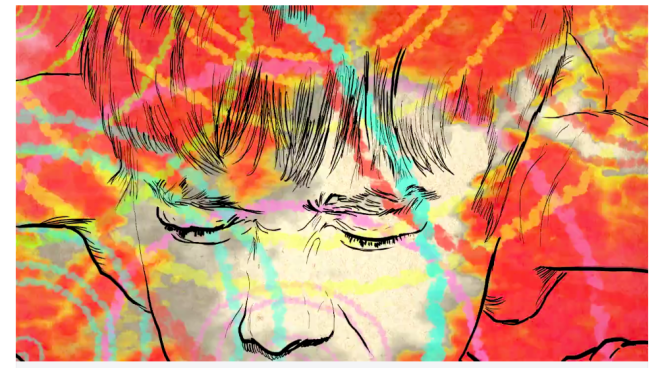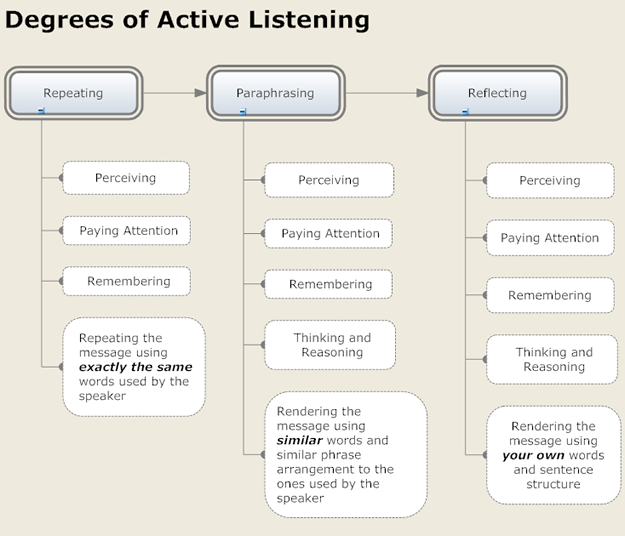As an autism mom, worry and fear can be my constant companions. My entire life can change in the blink of an eye, especially because my child wanders.
My son has been wandering since he could walk.
One particular time, he was playing with the hose in the front yard. Wearing no shirt or shoes, he didn’t have a care in the world. He loves water. Seconds earlier, I had checked on him through the kitchen window and he was fine. Then his sister went outside and they got into a small scuffle… she told him to “get lost.”
People with autism are very literal. That’s exactly what he did.
In less than two minutes he was GONE.
I activated 911 and had the whole neighborhood searching for him. 3-1/2 hours later he was found several blocks away under a bush. I shook him and hugged him and asked what on earth he was thinking! He only replied, “My sister said get lost.”
My son, now 14, is nine inches taller than me, has a mustache and wears men’s large sized clothing. While he wanders more “online” these days than out of the house, it is still challenging to keep him safe, especially if we go to public events and gatherings.
I have multiple stories of “close calls” like this. As an emergency responder, I’ve been tasked to find missing children at festivals and responded to autism-related EMS calls. If you’re a first responder, here are 7 things you need to know about wandering.
- It can happen in an instant. Just like my story, thousands of autism parents have literally “blinked” and had their child disappear on them. It is beyond terrifying. Know that children with autism are not being manipulative, calculating, or trying to get out of a test at school… something catches their eye, or they are experiencing sensory overwhelm, and they run.
- It’s more common than you think. The National Autism Association cites that 49% of autistic people are prone to wandering away from a safe environment, which is nearly four times higher than their neurotypical siblings. Two in three parents of elopers reported their missing children had a “close call” with a traffic injury. Wandering was ranked among the most stressful ASD behaviors by 58% of parents of elopers. 62% of families of children who elope were prevented from attending/enjoying activities outside the home due to fear of wandering. 40% of parents have suffered sleep disruption due to fear of elopement.
- They are drawn to water. In 2009, 2010, and 2011, accidental drowning accounted for 91% total U.S. deaths reported in children with an ASD ages 14 and younger subsequent to wandering/elopement. In my Autism Training courses I teach parents and emergency responders to search water first if a person with autism goes missing. This includes rivers, pools, lakes, ponds, and even fountains. For more information on WHY they are drawn to water, read this article.
- They may not seek help. Don’t assume wandering is a crisis or emergency to someone with autism. They may be perfectly happy in their own little world and not seek assistance just because they are “lost.” I’ve seen cases where an autistic child was hungry, walked into a strange family’s house and sat down at the dinner table! If you ARE searching for a missing person with autism, don’t discount looking in tight spaces or odd locations simply because a reasonable person wouldn’t go there. I’ve witnessed children found between mattresses behind a dumpster and inside a hay bale.
- They may be nonverbal. Even if a child (or adult!) is typically verbal, under the duress of an emergency they may not be able to communicate their needs. In fact, over one-third of autistic people that wander cannot communicate their name or address. Look for alternate IDs, such as bracelets, shoelace tags, phone apps, or QR codes to help you identify someone and get their medical history and caregiver contact information stat.
- If there’s a reason, it probably seems trivial to you. The other night, at approximately 4 am during my shift, my ambulance was parked at a convenience store. My partner and I were standing outside, enjoying the fact that we finally got to stop for a long-awaited cup of coffee, when a 15 year-old boy walked up to us. He asked if we could call his mom and apologize for him for not doing the dishes. He said, “Please tell her I’m sorry and I want to come home.” I saw him tapping his index fingers together repeatedly (“stimming“), recognized some of his other behaviors, and immediately identified him as autistic. After some careful questions, we discovered that he failed to do the dishes 12 hours ago and was so upset that he left home. He had been wandering the streets of Atlanta and riding local trains on and off since 4 pm that afternoon. Luckily, we were able to contact his parents and they immediately came to pick him up. They both cried tears of joy that he was found safely.
- Parents may be afraid to call 911. The parents from the situation above had been driving around all night looking for their son. They told us that they were, “…about to call 911” when they got our phone call. As a responder, you are probably thinking, “WHY DID YOU WAIT SO LONG!” But as a parent it is scary. You want to believe they are right around the corner. You want to believe they’re hiding in the house somewhere, playing a terrible joke on you. You want to believe you can handle it yourself before getting public safety involved. There is a stigma around “losing” a child. Law enforcement doesn’t yet understand all the nuances and variables of autism. I’m not saying parents are RIGHT to think and feel this way, I’m just saying these are thoughts that go through our mind. It does not necessarily indicate abuse or neglect, so please, as a responder, consider the big picture and dig a little deeper if you are involved in a situation involving a wanderer.
For more information on autism training for emergency responders, wandering, or safety tips, contact Debi@SpiritOfAutism.org.





















